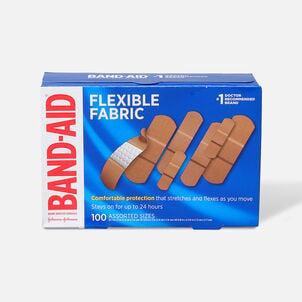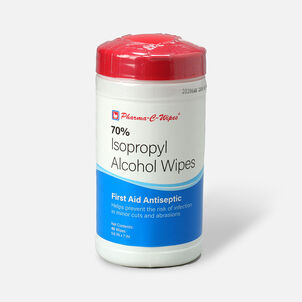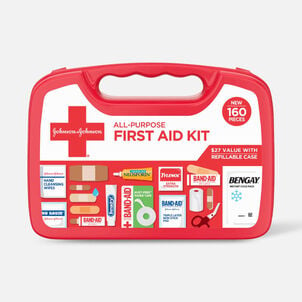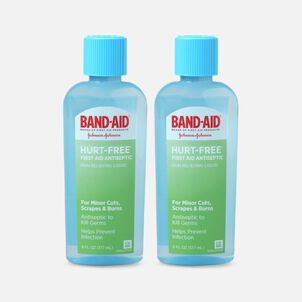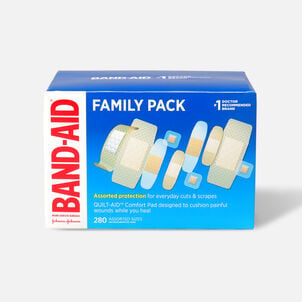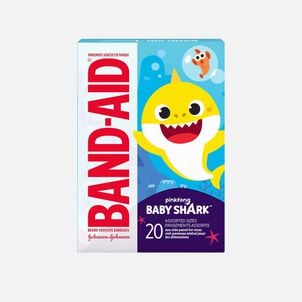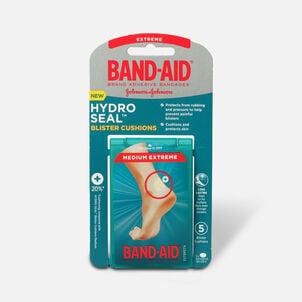The Complete FSA Eligibility List
Here it is — the most-comprehensive eligibility list available on the web. From A to Z, items and services deemed eligible for tax-free spending with your Flexible Spending Account (FSA), Health Savings Account (HSA), Health Reimbursement Arrangement (HRA) and more will be here, complete with details and requirements. Important Reminder: FSAs, HRAs and other account types listed may not all be the same. Be sure to check with your administrator to confirm if something is eligible before making a purchase.
Here it is — the most-comprehensive eligibility list available on the web. From A to Z, items and services deemed eligible for tax-free spending with your Flexible Spending Account (FSA), Health Savings Account (HSA), Health Reimbursement Arrangement (HRA) and more will be here, complete with details and requirements. Important Reminder: FSAs, HRAs and other account types listed may not all be the same. Be sure to check with your administrator to confirm if something is eligible before making a purchase.
Tourniquet: FSA Eligibility
Tourniquet: eligible with a Flexible Spending Account (FSA)FSA Eligible First Aid
What is a tourniquet?
A tourniquet is a type of first aid product that is used in emergency situations that wrap tightly around a person’s limb to control bleeding in the event of a severe wound. Tourniquets are often the only means of stopping severe bleeding and are placed a few inches above the wound to begin to inhibit blood flow to this area. Tourniquets can be fashioned out of existing material, or they are common additions to first aid kits to be used for severe injuries.
How is a tourniquet used?
In the event that a person experiences a wound with excessive bleeding, a tourniquet is used to cut off blood flow to this area until the patient can receive medical attention. The tourniquet is tied just above the wound, but if the wound happens to be in the area of a joint, it would be tied just above the joint to begin to cut off blood flow. Users should tighten the knot at the top of the tourniquet until the bleeding stops. It is also helpful to mark the time and date of when the tourniquet was applied, which can give emergency services a better view into the state of the injury (VeryWell Health).


